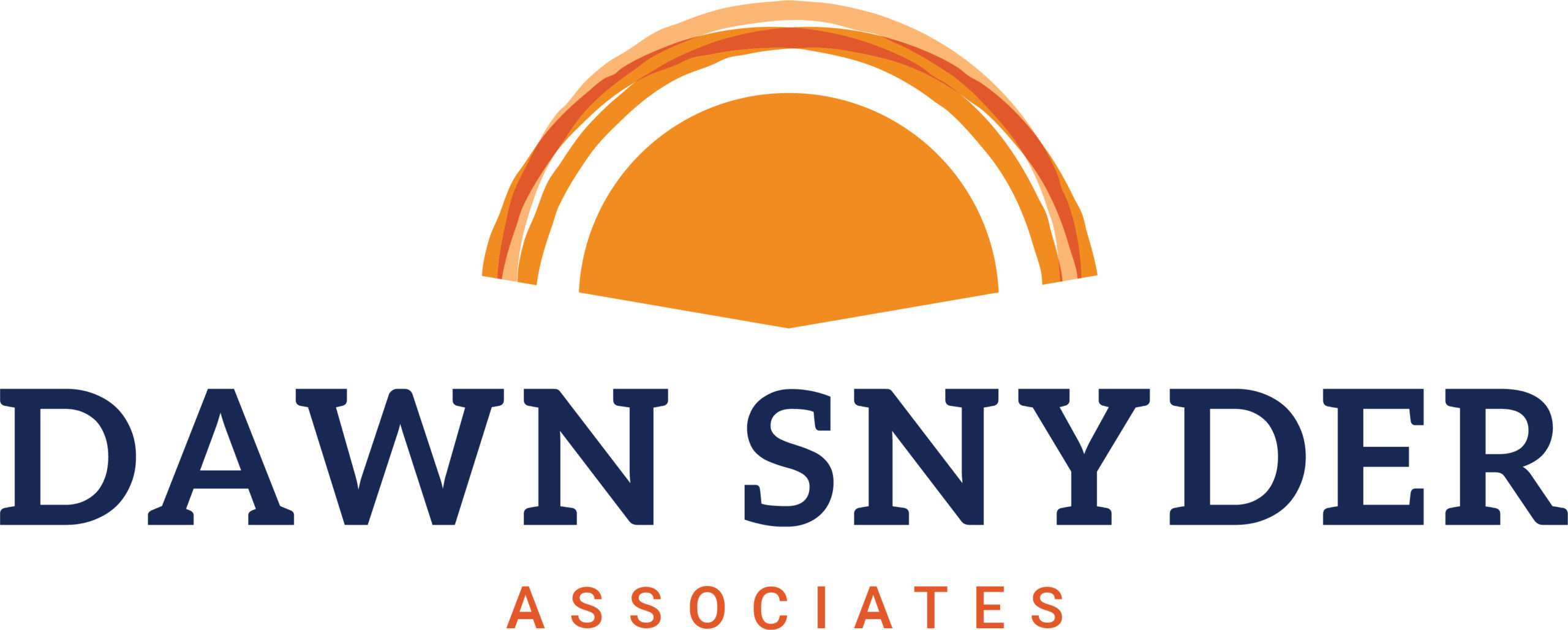Inclusion is a hot topic in contemporary organizations. Why? Organizations enhance their business value and profits when they send the right messages to audiences and embrace all of the ways in which people differ. A series of McKinsey reports show that diversity increases creativity and innovation, promotes high quality decisions, and enhances economic growth.
Paula Sotnik Weiss, an expert in diversity and inclusion, defines inclusion as “the act of creating environments in which any individual or group is welcomed, respected, supported and valued. An inclusive environment embraces differences and offers respect in words and actions for all people. It provides the support for people to fully participate in their communities.” (Meeting Professionals International, Thought Leader Summit, 2017, Solidaridad, Quintana Roo, Mexico)
As performance improvement professionals, we create and enhance systems, and we know that systems can benefit or disadvantage individuals or groups. We have the opportunity to ensure that we are creating inclusive systems by considering access to resources, ability to leverage competencies, and ability to participate in opportunities for success and recognition. (As a quick but relevant example, consider how educational institutions had to pivot to online learning in response to the pandemic. This pivot revealed a number of inequities that impacted the effectiveness of the experience for students, including access to a stable, functional Internet connection.)
As I look through the activities of a performance consultant through the lens of inclusion, there are 5 opportunities that can help us be more inclusive. You can probably identify additional opportunities from your practice.
- Identifying all stakeholders, including their opportunities and challenges. As we examine the people part of the organizational equation, we can focus on and help our clients understand that subgroups may differ in how they experience a system. Taking additional time or steps to look for these possible differentiators helps us design equal-opportunity systems and increase everyone’s opportunity to perform and to be recognized for success.
- Intentional sampling. Once we have identified the stakeholder landscape, ensuring that voices from all groups are appropriately included in any data-gathering efforts can help us identify potential conflicts or issues up front and address them in the design of the system.
- Looking for unintentional consequences. As we design our systems, we’re always looking for those consequences that we’re trying to control—the targeted outcomes. But sometimes we foster outcomes that we do not intend and that are perhaps undesirable. As you check your work and evaluate its products, make sure that your line of sight is broad enough to look for things you may not have been anticipating.
- Checking our assumptions throughout the process. Related to the point above is making sure we check in with our stakeholders and get feedback throughout the design and development process, not just at the beginning of our efforts. Again, including the plural voices of all stakeholding groups helps us identify and resolve issues before a system is put in place.
- Evaluating for inclusion. Because we’re often focused on organization-level measures, it can be tempting to declare a solution a success if aggregate measures trend in the desired direction. However, if inclusion is a focus of the effort, then looking at the success of that system from the point of view of each of the audiences will confirm that everyone has an equal chance at success.
Being inclusive is not only the right thing to do, it’s the smart performance consulting strategy. Support your organization’s results by making inclusion one of the lenses for your performance improvement practice.

